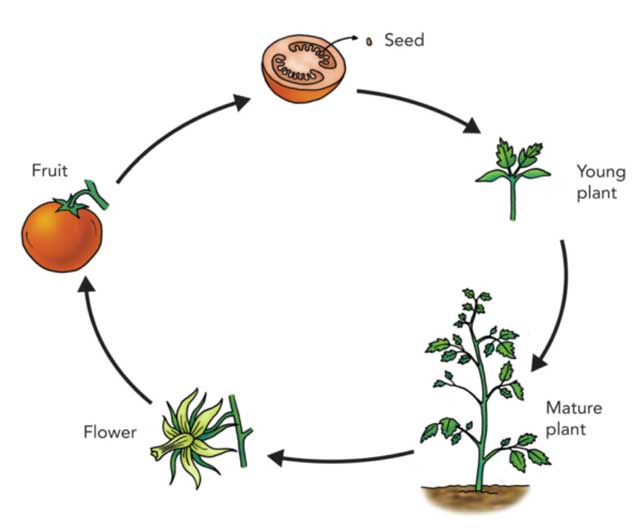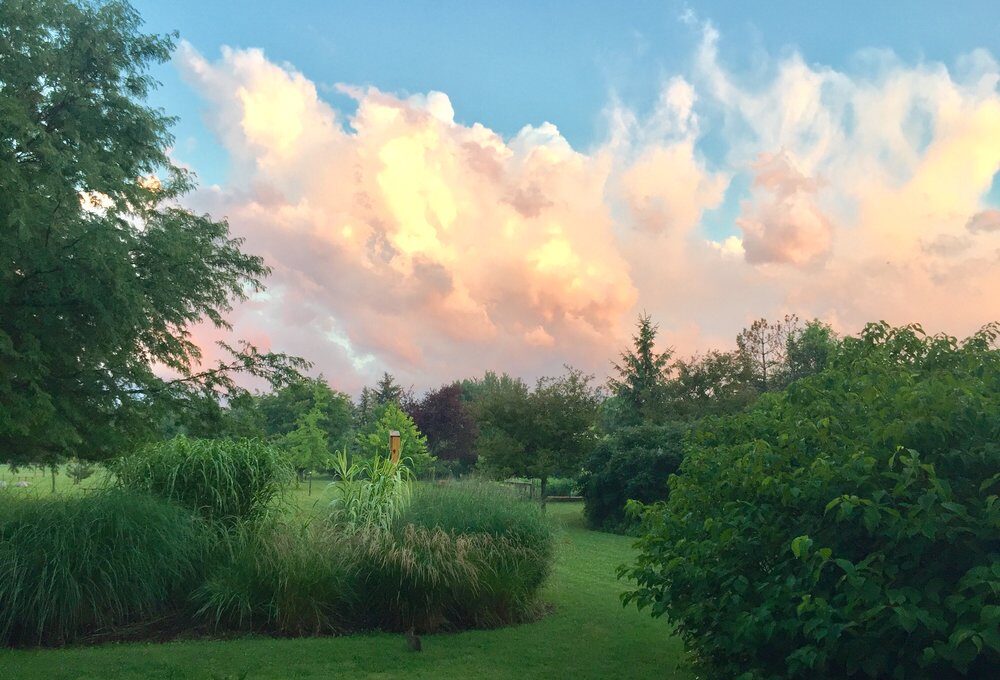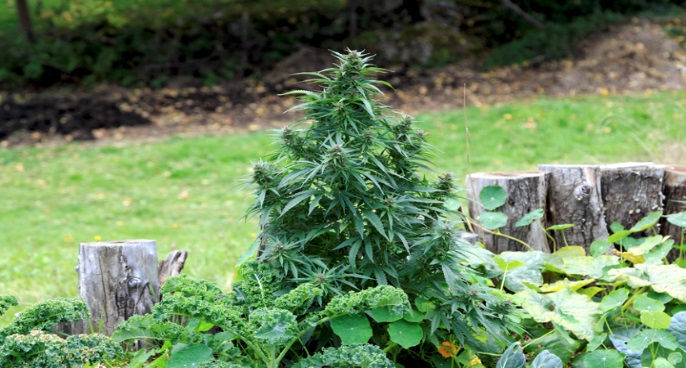
All living things have a natural life cycle. This brief article will outline the basic lifecycle of plants.
Plant Growth (in a nutshell)
Most plants start off as seeds. Viable seeds are the ones that will germinate and grow. In the world of horticulture, the above-ground parts of the plant are what we are often most interested in. Flowers are often the part of the plant we are striving to produce. Flowers are important because they are where pollination is done and where seeds develop to maintain the species.
In order for plants to live, absorb water, pick up nutrients and synthesize the materials that they need to survive, they need energy. They get this energy primarily from photosynthesis, using sunlight, water, and the gases in the air to make glucose, a form of sugar that feeds plant growth.
The Basic Lifecycle of plants can be divided into four stages: Germination, Seedling, Vegetative, and Reproductive.
Germination:
Seeds are living things and must be alive to germinate. Some seeds may remain able to germinate after tens or even hundreds of years. Dormancy is a natural process that prevents the seed from germinating before it is on, or in, the soil. So, what is needed for germination of a seed – Appropriate environmental conditions, Appropriate temperatures, water, and oxygen. Some require light while some do not. As germination proceeds, the seed will swell, and the seed coat will split, allowing the plant embryo to emerge and start to grow. More about seed germination.

Forget-me-not seedling
Seedling Stage:
The seedling stage is an intermediate step between the germination and vegetative stage. The seedling stage lasts from the time the shoot emerges from the soil until it has developed two true leaves. In this stage the plant transitions to photosynthesis for energy. The leaves are the primary place where photosynthesis occurs. The root systems of the plant also start rapidly expanding during the seedling stage.
Vegetative Stage:
The vegetative stage of growth is when plant size rapidly expands. The speed with which vegetative growth occurs is controlled by hormones, vitamins, nutrients, and enzymes. The production of vitamins is coded by the genes of the plant. Plants can be determinate or indeterminate. Determinate plants will complete the vegetative phase and then start reproducing, a good example of a determinate plant is a daffodil. It will stop growing vegetatively when it produces flowers. Indeterminate plants will reproduce as they are growing. One example is a tomato plant that just keeps growing as it produces fruit.

forget-me-not in the flowering stage before setting seed
Reproductive Stage:
In the reproductive stage, plants will produce seeds. Pollination is when the pollen grains go from the anther to the stigma. Fertilization occurs after pollination. The plant growth cycle is completed with successful fertilization and reproduction. Once a seed is produced, the growth process begins again.
So now with this knowledge of the basic lifecycle of plants, you’ve got “something to grow on”. Check out more of our tips for beginners here.
References
Stern, K.R., Bidlack, J.E., Jansky, S.H. 2008. Introductory Plant Biology, Eleventh Edition. The McGraw-Hill Companies Inc

http://8ff.ad6.myftpupload.com/seed-starting/





About The Author: Barb Geddes
I grew up in a family of avid gardeners. Planting a seed and watching it grow and bloom was when I knew I would be a lifelong learner of Plants. I'm happily continuing my studies as a master gardener.
More posts by Barb Geddes